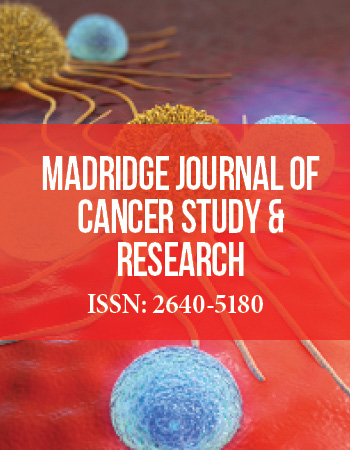2nd International Cancer Study & Therapy Conference
Feb 20-22, 2017, Baltimore, USA
HER2-targeted extracellular vesicles delivery of therapeutic mRNA for enzyme prodrug therapy
Stanford University School of Medicine, SBI Company, USA
Background: HER2 is overexpressed in aggressive breast.We are using extracellular vesicles (EVs)for targeting our novel prodrug/Enzyme (CNOB/ChrR6) regimen specifically to HER2 positive cancer; the cytotoxic product of this regimen, MCHB, can be visualized noninvasively in living mice.We are using mRNA for gene delivery which is superior to DNA, as it eliminatestranscription issues. This therapeutic approach may lead to personalized medicineusing EVsfrom a patientʼs own dendriticcells (DCs).
Aims: To use HER2-targeting EVs for specific and effective delivery ofthe prodrug therapyto HER2 cancer, and characterize pharmacokinetics/pharmacodynamics (PK/PD)aspects of the regimen.
Methodology: Usingexosome-display technology, weconstructed a chimeric protein, anti-HER2(ML39) scFv conjugated to the lactadherin C1C2 domain. After 4-day incubation of transiently transfected HEK293 cells, EVswereharvested, andpurechimeric protein was isolated usingHis-tag columns. Naïve HEK293 or DC EVswere reconstituted with the chimeric protein. ELISA quantified the specificity of the resultingEVs.For cell binding assays, CFSE-labeled targeted EVs (or EVs displaying the targeting antibody and a C1-C2-linked reporter) were incubated with BT474(strongly HER2+ve)or MCF7 cells(little HER2 expression), and visualized by fluorescence microscopy. To determine mRNA transfer capability, the directed EVs were loaded with ChrR6 mRNA by XPort-based technology, and incubated with BT474 cells followed by CNOB treatment. MCHB production was quantified by fluorescence, andcell viability was determined by the MTT assay. In vivo PK/PD was examined by using imaging and LC/MS/MS for tissue drug quantification, followed by modeling and simulation via Phoenix WinNonlin software.
Results: Transfected HEK293 cells generated EVs expressing the anti-HER2 scFv/C1C2 protein (“directed EVs”). DCs lack lactadherin and generate naïve EVs. These were incubated with the chimeric protein. The resulting directed EVs showed 10 times greater targeting capacity than EVs from the transfected HEK293 cells; such EVs bound BT474 cells, while their binding toMCF7 cellswas negligible.Directed, loaded EVs specifically conferred transcription-independent capacity on BT474 cells to activate CNOB (MCHB fluorescence generation), showing successful delivery of translationally-competent ChrR6 mRNA; they also generated much greater killing ofBT474 cells than the non-directed EVs. Early in vivo results corroborate these findings. The PK/PD studies pointed to an effective in vivodosing regimen of CNOB/ChrR6for cancer treatment.
Conclusions: We have successfully engineered EVs, which arecapable of specific high level HER2 binding capacity,functional delivery of therapeutic of mRNA, and generating CNOB mediated specific killing of HER2+ cells.
Biography:
Professor Matin has been affiliated with Stanford Medical School for several years and is also a member of the faculty of several other Stanford programs. He is an elected member of theAmericanAcademy of Microbiology and has been an invited member of several programs and organizations. Besides cancer, he has contributed extensively to bacterial antibiotic resistance mechanisms, molecular basis of life in extreme acidic environments, and the molecular and biological adaptations that enable bacteria to survive nutrient dearth and other stresses. Currently he is working also with NASA to test bacterial antibiotic resistance during space flight.


